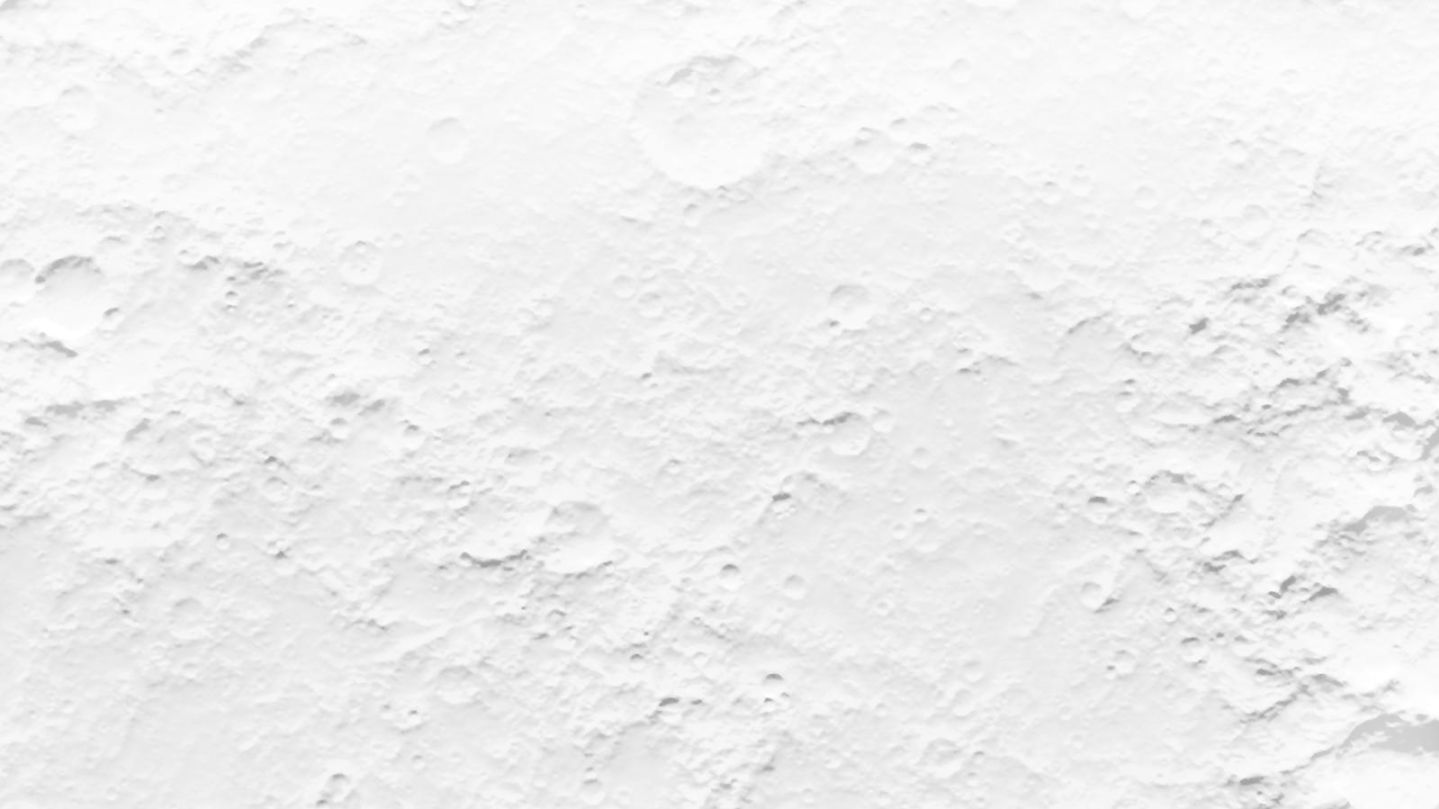Albert Einstein’s theory of general relativity, which suggests that gravity is due to the curvature of space and time, is more than 100 years old. And it’s holding up as researchers analyze the behavior of gravity in space – but it may not last forever, according to a new study.
The 1915 theory was tested when University of California, Los Angeles astronomy and physics professor Andrea Ghez and her team measured gravity near the black hole at the center of our home galaxy, the Milky Way.
Their study was published Thursday in the journal Science.
“Einstein’s right, at least for now,” said Ghez, a co-lead author of the study, in a statement. “We can absolutely rule out Newton’s law of gravity. Our observations are consistent with Einstein’s theory of general relativity. However, his theory is definitely showing vulnerability. It cannot fully explain gravity inside a black hole, and at some point we will need to move beyond Einstein’s theory to a more comprehensive theory of gravity that explains what a black hole is.”
But at the moment, the theory is the best description of how gravity works, Ghez said.
Her team was one of only two in the world to observe the complete 16-year orbit of a star called S0-2 around the supermassive black hole at the galactic center.
Their observations spanned three dimensions. The star made its closest approach to the black hole in April, May and September 2018, moving at 16 million miles per hour. Spectral data spanning wavelengths of light provided insight about the star’s composition, which was combined with measurements the team had gathered over the past 24 years.
The spectral data was collected by a spectrograph built at the university and collected at the W.M. Keck Observatory in Hawaii. This allowed the researchers to determine precise measurements of the star’s motion as one dimension and combine those with images and observations of the star taken at Keck.
“What’s so special about S0-2 is we have its complete orbit in three dimensions,” Ghez said. “That’s what gives us the entry ticket into the tests of general relativity. We asked how gravity behaves near a supermassive black hole and whether Einstein’s theory is telling us the full story. Seeing stars go through their complete orbit provides the first opportunity to test fundamental physics using the motions of these stars.”
The researchers were able to see how space and time commingled near the black hole, she said.
“In Newton’s version of gravity, space and time are separate, and do not co-mingle; under Einstein, they get completely co-mingled near a black hole,” she said in the statement.
Richard Green, director of the National Science Foundation’s Division of Astronomical Sciences, noted that “Making a measurement of such fundamental importance has required years of patient observing, enabled by state-of-the-art technology. Through their rigorous efforts, Ghez and her collaborators have produced a high-significance validation of Einstein’s idea about strong gravity.”
Because of its distance from the black hole, the star doesn’t get pulled into it.
The team tracked particles of light called photons that traveled from the star to Earth over 26,000 years. It took years of planning for Ghez and her team to be ready to make the measurements of the photons.
“For us, it’s visceral, it’s now – but it actually happened 26,000 years ago,” she said.
Ghez studies more than 3,000 stars that orbit the black hole at the center of our galaxy. Going forward, she wants to test more of the stars near the black hole, including S0-102, which has a short orbit of 11½ years. Most of the other stars have an orbit that exceeds the average human lifespan.
“We’re learning how gravity works. It’s one of four fundamental forces and the one we have tested the least,” she said. “There are many regions where we just haven’t asked, how does gravity work here? It’s easy to be overconfident and there are many ways to misinterpret the data, many ways that small errors can accumulate into significant mistakes, which is why we did not rush our analysis.”


































































